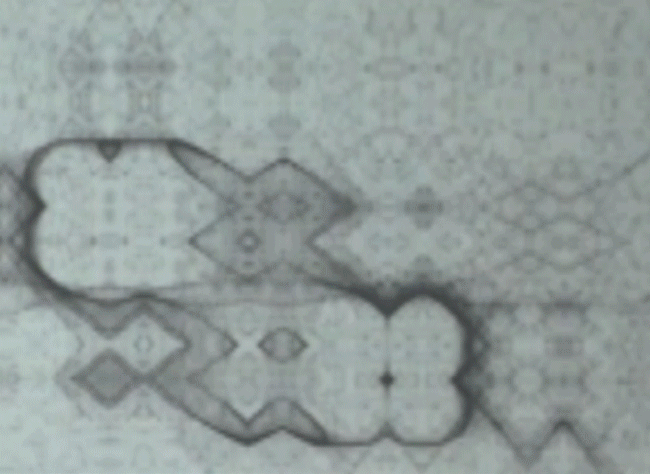
Module 3 has concluded and the results have been uploaded on the internet. Here you can watch the presentation videos of the students’ exercizes on romantic processing.

Module 3 has concluded and the results have been uploaded on the internet. Here you can watch the presentation videos of the students’ exercizes on romantic processing.
Having experimented with processing on a medieval and renaissance environment, the next step was to proceed in the baroque and romantic era.
In romanticism everything gets coordinated, properties are put on the media and elements are orchestrated to each other. The ability to manage all these populations is given to us by the use of numbers on arrays, while swarms of elements can even be set free from rigid arithmetics.
Continue reading
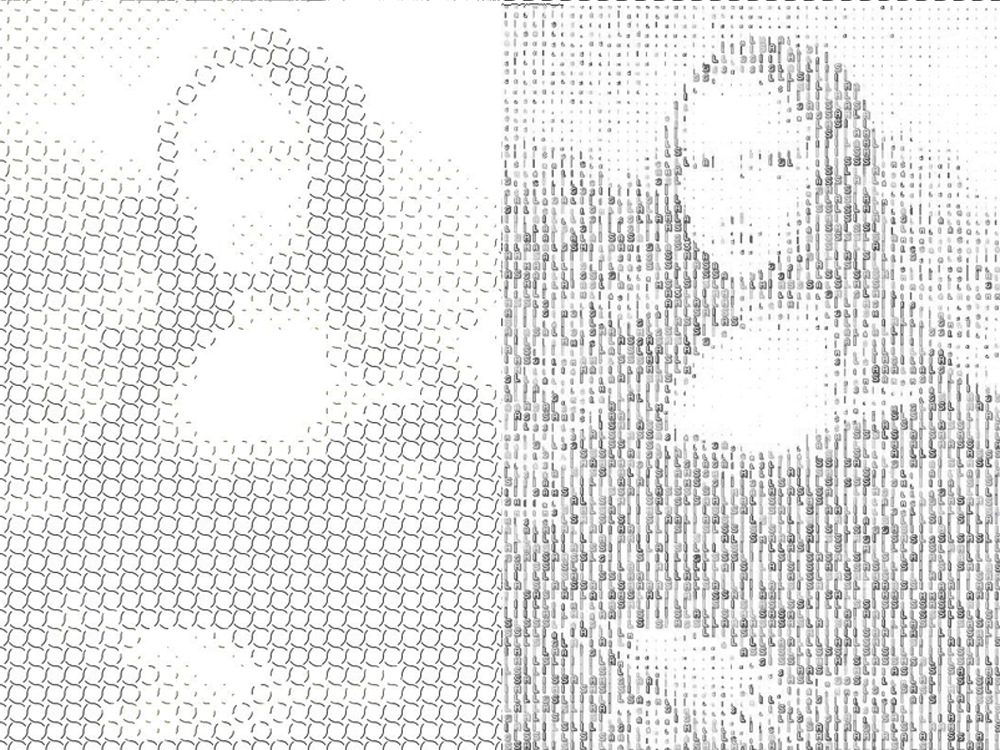
From the bodily movement of the medieval thinking, the next step includes the imitation of more abstract concepts, in the context of a “renaissance” thinking.
Now the stage is not controlled only by lists of elements like text, sound, image, video etc, but also by numbers, fields, streams, strings, arrays etc, with the arithmetics being of major importance. The elements get faces and become independent persons with a certain character that expresses them.
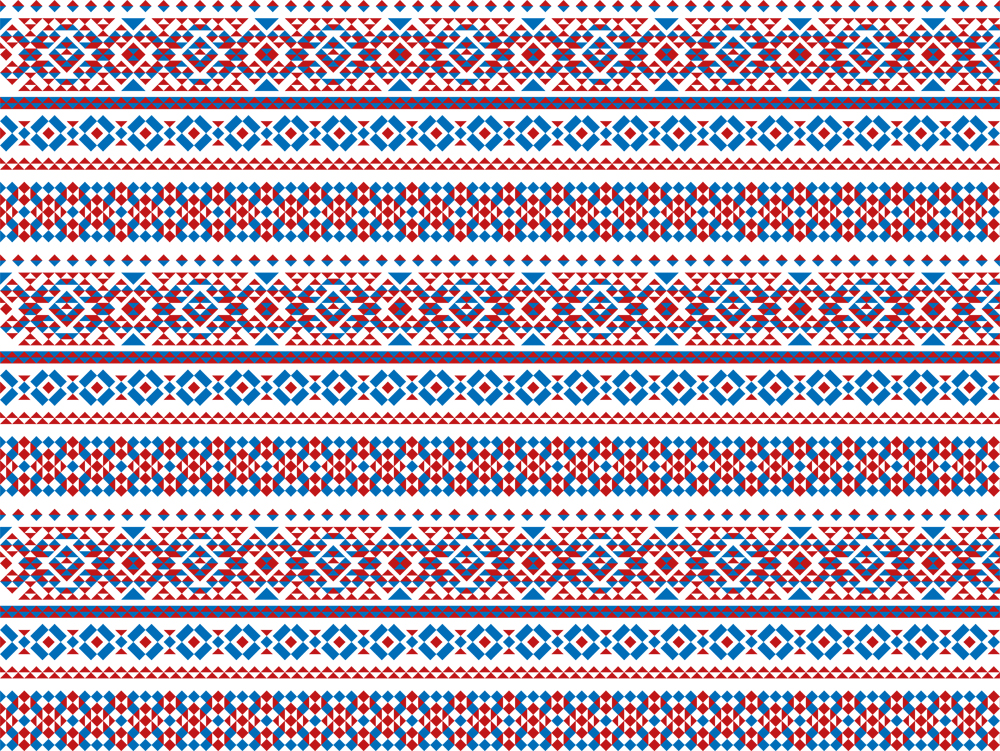
Aiming to understand the basic principals of coding, we tried to imitate pattern of thought from past centuries. During the very first week of the third module the scheme was to think in a “medieval” way! Values, numbers, colors are all forbidden. Only movements are on the stage. Code is writen according to medieval principles with its small cosmos organized in a strict way. It imitates the movement of the body and this is directly transported to the movement of the objects. The results? Huge codes, everything in order, nice patterns,… and we are looking forward to the Renaissance!
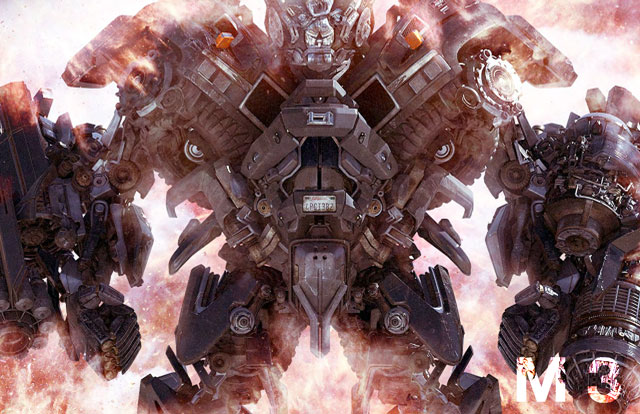
Computers are general machines (Turing 1936). Not just all known, but also all future machines can be logically visualised through them. Computers are abstract from any physics (von Neumann, 1945). The networks of space and time (Baran, 1964, Licklider, 1960), reduced to minute, printed particles, connected with each other by electromagnetic modulations. Billions of them. Every computer, phone, machine. Design is no longer constructed from necessities, rather it condensates from the wealth of all possibilities. Rendered from virtual availability into concrete existence. And it’s so simple: mechanics from CNC production, electrical controls from do-it-yourself kits, general processors, accessible networks, a bit of software.
This module offers practical exercises in the established manifestations of virtual information technology order systems, and an introduction to corresponding thought patterns. Over the last few years, electronic prototyping has evolved to the extent where any interested lay person can very quickly develop electronic gadgets and connect them to the mediality of the internet. This module gives an overview over the technological concepts and delivers a guide to building your own gadgets in electronics, software and mechanics. The Internet of Things, distributed computing, remote procedure calls, TCP/IP, URL, Google Earth, sensors, actuators, Arduino, automation, interaction technologies: processing, wiring, CNC production.
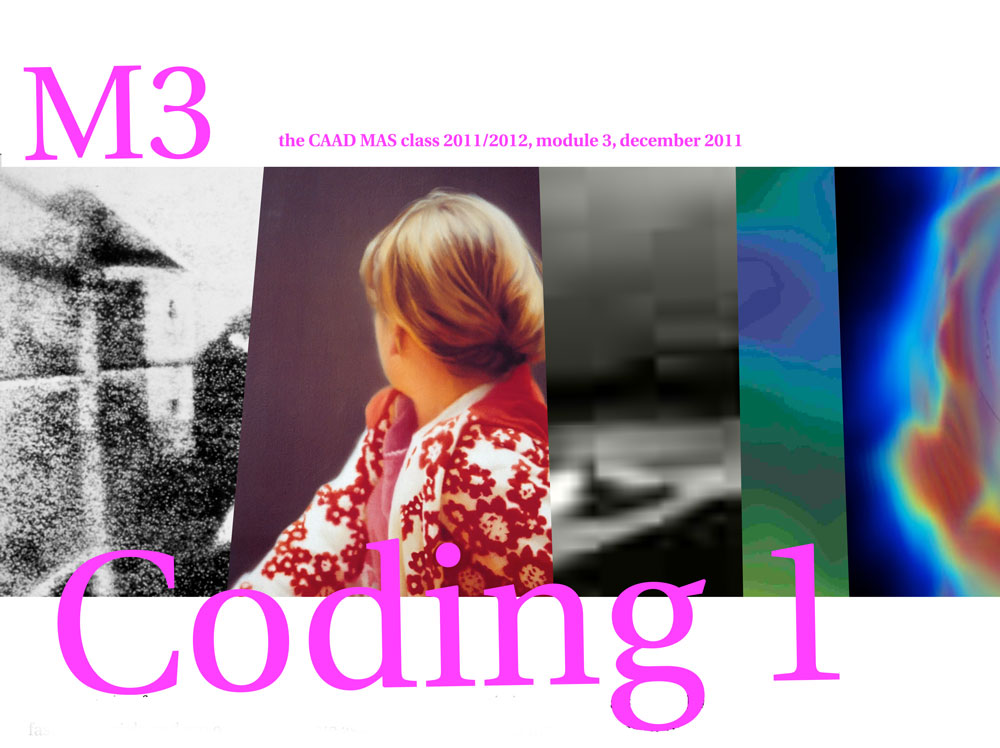
Programming for architects has become a very popular topic in the last years. Tools have become simpler, computers faster, tutorials and are online available as video, there are huge amounts of examples ready to copy and play. In this
scenario we face one major problem: the programming languages and the tutorials suggest direct recipes for fast solutions, whatever the problem may be. They are pretty successful in the sense that with their help, everybody can produce very fast the very same results. This scenario is a symptom of the – we call it – aggressive cultural ignorance of cybernetics. In contrast to the major articulations in this field, we do not think, that there is any truth or meaning in what a program can produce. Even if our algorithms generate forms that look strangely familiar to us, because they resemble some biological or natural phenomena, they are not cracking some immediate code of nature. In what computers can produce, we find a mirroring of the categories of our thinking, knowledge, and our tools. If we take code for natural in any sense, we are heading towards a naked and most extreme reductionist functionalism.
To bypass such un-ingenuous schematism, his module sets out with cultural, mathematical, and technological implications contained within the different programming paradigms to develop a rich understanding of the power of coding. Coding means orchestrating cultural déjà vus. By coding we are sheaving rich symbolizations to work within a digital architectonics that is constituted by our assignations of value to the old and familiar, as articulations for attention within an open competition among our contemporaries.
CODING I is a 4 week course and will concentrate on the media of digital graphics and images. We will exercise different levels of abstraction towards images, to get an understanding of different ways of thinking that have evolved throughout the past centuries. This path will leas us from magnitude to what we call multitudes, and on to the contemporary indexes whose subsumption can be understood as potitudes. CODING II will follow the same didactical line, but concentrate on 3D objects and vectors. It will linke more directly to traditional CAAD and computer architecture. The emphasis on images as objects of our exercises in CODING is chosen because this is technically less challenging and therefore suitable for a first round of this challenging program. The exercises are in Processing and Java.
This website has been archived and is no longer maintained.